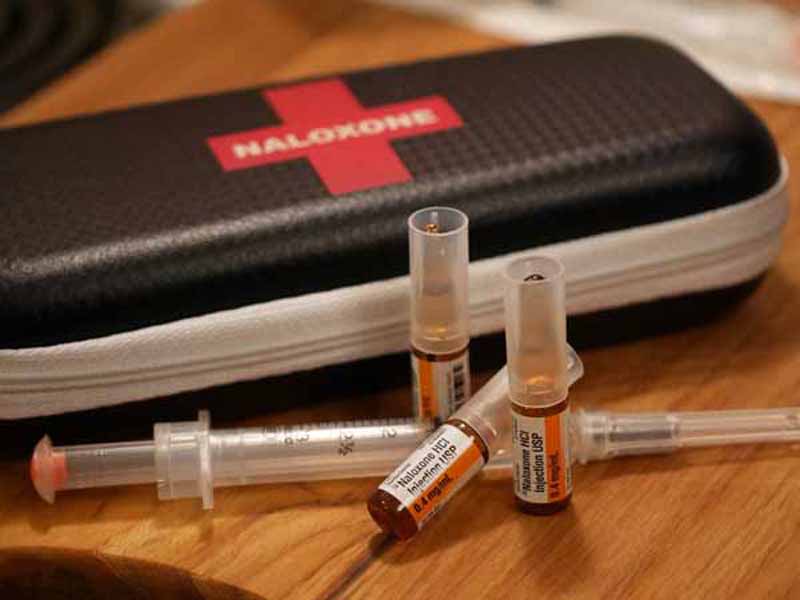Boost Naloxone Prescribing to Halt Opioid Overdose Deaths
CDC Recommends Offering Overdose-reversing Treatment to All At-risk Patients
August 20, 2019, 02:49 pm News Staff – Naloxone has saved the lives of thousands of people who have experienced an opioid overdose, but it can't save anyone if it's not available when an overdose occurs. Although the number of naloxone prescriptions written has increased dramatically in recent years, patients in many areas of the country that need it the most still don't have easy access to it.
Those are the main findings of a CDC Morbidity and Mortality Weekly Report issue and accompanying Vital Signs report on naloxone dispensing practices that were published online Aug. 6.
"Giving people a chance to survive an opioid overdose and safely enter recovery is one of the five key pillars of our HHS strategy for ending the overdose epidemic," HHS Secretary Alex Azar said in a related press release. "With help from Congress, the private sector, state and local governments, and communities, targeted access to naloxone has expanded dramatically over the last several years, but today's CDC report is a reminder that there is much more all of us need to do to save lives."
The report examined naloxone dispensing trends at U.S. retail pharmacies between 2012 and 2018. The analysis showed that more than 556,000 prescriptions for naloxone were dispensed in 2018, more than double the number of prescriptions in 2017 and a whopping 434-fold increase from 2012's total. Despite this increase, the researchers asserted that naloxone dispensing rates "remained low."
The overall ratio of naloxone prescriptions to high-dose opioid prescriptions (defined as 50 or more morphine milligram equivalents per day) also remained low in 2018, with clinicians dispensing only one naloxone prescription for every 69 high-dose opioid prescriptions.

This work is licensed under a Creative Commons Attribution 2.0 Generic License. No changes have been made to this image.
That finding contrasted with a key recommendation in the CDC's 2016 Guideline for Prescribing Opioids for Chronic Pain, which states that clinicians should consider offering naloxone to patients at increased risk for opioid overdose, including those who receive high-dose opioid prescriptions. The authors estimated that if every health care professional had followed that guideline recommendation, nearly 9 million naloxone prescriptions could have been dispensed in 2018 rather than the roughly 406,000 that actually were dispensed.
The analysis also revealed geographical differences in naloxone dispensing patterns. In 2018, almost 85% of naloxone prescriptions were dispensed in metropolitan areas, while less than 5% were dispensed in rural areas. Rural areas also had the lowest naloxone prescribing rate (1.2 prescriptions for every 100 high-dose opioid prescriptions written), and rural counties were nearly three times more likely than metropolitan counties to be categorized as "low-dispensing" (i.e., in the bottom quartile per 100,000 population).
In terms of differences by specialty, the number of high-dose opioid prescriptions written by primary care physicians (defined in the analysis as family physicians, internists and general practice physicians) decreased by 21% from 2017 to 2018, while the number of naloxone prescriptions more than doubled.
Even so, at only 1.48 for every 100 high-dose opioid prescriptions written, absolute naloxone prescription rates among PCPs remain low, suggesting that opportunities exist for family physicians and other PCPs to consider augmenting their prescribing practices.
"It is clear from the data that there is still much needed education around the important role naloxone plays in reducing overdose deaths," CDC Director Robert Redfield, M.D., stated in the release. "The time is now to ensure all individuals who are prescribed high-dose opioids also receive naloxone as a potential life-saving intervention."